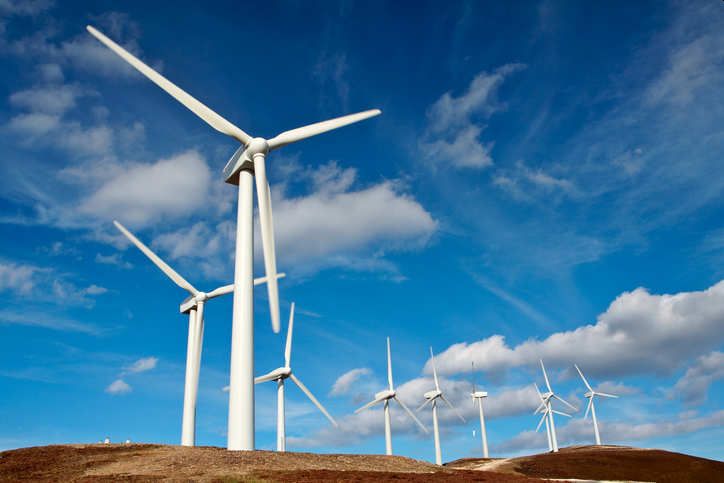Applied Sciences, Vol. 15, Pages 9582: Analysis of Greenhouse Gas Emissions from Ships Visiting European Ports
Applied Sciences doi: 10.3390/app15179582
Authors:
Petar Georgiev
Yordan Garbatov
Angel Angelov
This study analyzes greenhouse gas emissions from ships visiting European ports between 2020 and 2023, utilizing data from the EU Monitoring, Reporting, and Verification (EU-MRV) system. It examines the impact of the FuelEU Maritime Regulation on four types of ships during this period. It discusses updates to MARPOL Annex VI, including the Global Fuel Standard (GFS) designed to reduce emissions. A line contour method is employed to estimate emissions, focusing on tankers, bulk carriers, general cargo ships, and container ships while adhering to European regulations. This method models operational variables such as deadweight and ship age to categorize vessels based on their energy efficiency. For ships visiting European ports in 2023, the FuelEU regulation limit is set at GHGlimit, EU2020 = 91.16 gCO2eq/MJ, indicating that general cargo ships are the most energy-efficient type, while bulk carriers are the least efficient. According to IMO regulations, the limit is GHGlimit, IMO2008 = 93.3 gCO2eq/MJ, meaning all ships fully comply with their respective limits. The study utilizes real data, and the contour approach has played a crucial role in evaluating greenhouse gas emissions, representing a significant advancement in the methodology, modeling, and analysis of a ship’s energy efficiency.
Source link
Petar Georgiev www.mdpi.com


